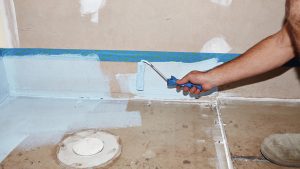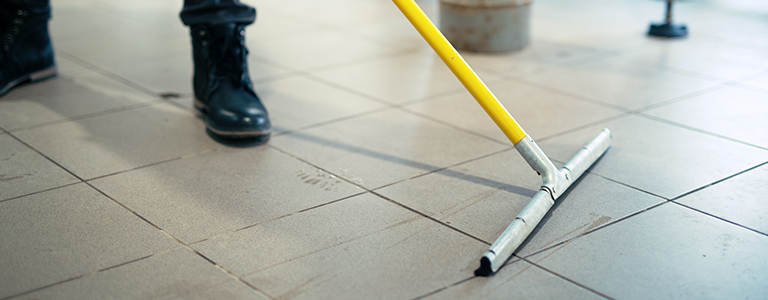Can You Waterproof Over Old Waterproofing?
When it comes to protecting your home from water damage, waterproofing is a critical step. Whether it’s your basement, roof, or any other part of your property, ensuring that it remains waterproof is essential to prevent costly repairs and potential structural damage. But what if you already have an existing waterproofing system in place? Can you waterproof over old waterproofing? In this article, we will explore the possibilities, limitations, and best practices for re-waterproofing areas that have previously been waterproofed.
The Importance of Waterproofing
Waterproofing is not just a matter of convenience; it is a fundamental aspect of maintaining the structural integrity of your property. Water intrusion can lead to a range of problems, including mold growth, wood rot, and even compromised foundation stability. In regions prone to heavy rainfall or flooding, waterproofing is crucial to protect your investment and ensure the safety of your family.

Assessing the Existing Waterproofing
Before you decide to waterproof over old waterproofing, it’s essential to assess the condition and effectiveness of the existing system. The viability of this approach largely depends on the type of waterproofing already in place. There are two primary types of waterproofing systems: external and internal.
External Waterproofing
External waterproofing typically involves the application of waterproof coatings, membranes, or materials on the outside of a structure. This is a common method for preventing water intrusion into basements and foundations. If your property has external waterproofing, inspect it for signs of damage, cracks, or wear. If the external waterproofing is still in good condition, it might be possible to add an additional layer for enhanced protection.
Internal Waterproofing
Internal waterproofing is often applied to the interior of basements and involves the use of drainage systems, sump pumps, and sealants. If you have an internal waterproofing system, check for any issues such as clogged drains, malfunctioning pumps, or deteriorating sealants. Addressing these problems may be sufficient to maintain the effectiveness of your existing waterproofing.
Can You Waterproof Over Old Waterproofing?
The answer to this question depends on several factors, including the type of waterproofing, its condition, and your specific goals. Here are some considerations for each scenario:
1. External Waterproofing
a. Adding a New Layer
If the external waterproofing is still in good condition, adding a new layer of waterproofing can provide extra protection. This may involve applying a fresh coat of waterproofing paint or installing a new waterproofing membrane. Ensure that the new layer adheres properly to the existing one for a watertight seal.
b. Patching and Repair
If the existing external waterproofing shows signs of damage, it’s crucial to address these issues before adding a new layer. Repair any cracks, holes, or wear and tear to ensure that the new waterproofing is effective. Be meticulous in your preparation to guarantee a seamless application.
c. Consultation with Professionals

It’s advisable to consult with waterproofing professionals before proceeding with any work on your external waterproofing. They can assess the condition of your existing system and provide expert recommendations for the best course of action.
2. Internal Waterproofing
a. Maintenance
For internal waterproofing systems, routine maintenance is key to ensuring their functionality. Check drainage systems, sump pumps, and sealants regularly. Replace or repair any components that show signs of wear or malfunction.
b. Enhancements
If you wish to improve the effectiveness of your internal waterproofing, enhancements can be made without completely starting from scratch. For instance, you can install a more robust sump pump, upgrade your drainage system, or reapply sealants in areas that need attention. For all sydney waterproofing services see here.
Considerations and Limitations
While it is possible to waterproof over old waterproofing in many cases, there are limitations and considerations to keep in mind:
Compatibility
Ensure that the new waterproofing materials are compatible with the existing ones. Mixing incompatible products can lead to adhesion issues and reduce the effectiveness of the waterproofing.
Surface Preparation
Proper surface preparation is crucial. All surfaces should be clean, dry, and free from contaminants before applying new waterproofing. Inadequate preparation can lead to poor adhesion and water leakage.
Professional Guidance
Consult with waterproofing professionals. They can help you determine the best approach, identify any underlying issues, and ensure that the job is done correctly.
Permit Requirements
In some regions, waterproofing work may require permits. Check with your local authorities to ensure you comply with any necessary regulations.
Conclusion
Waterproofing over old waterproofing is a viable option when done correctly. Whether you have an external or internal waterproofing system, maintaining its integrity is essential to protect your property from water damage. Regular inspection, maintenance, and professional guidance can help you make informed decisions and ensure the longevity of your waterproofing. Remember that each situation is unique, so it’s wise to assess your specific needs and consult experts in the field to achieve the best results. By taking the necessary steps to preserve and enhance your existing waterproofing, you can enjoy a dry, safe, and structurally sound home for years to come.

